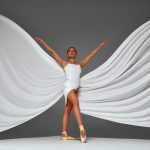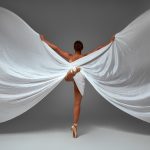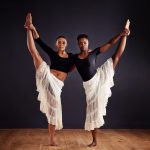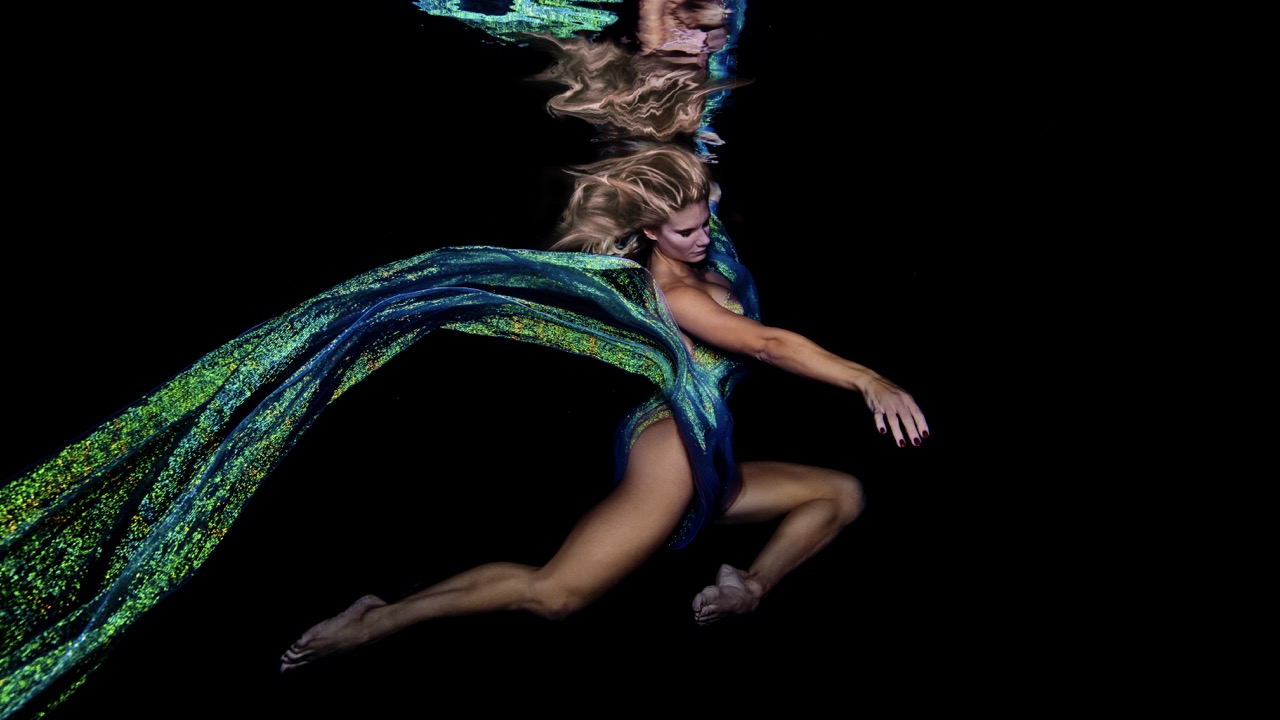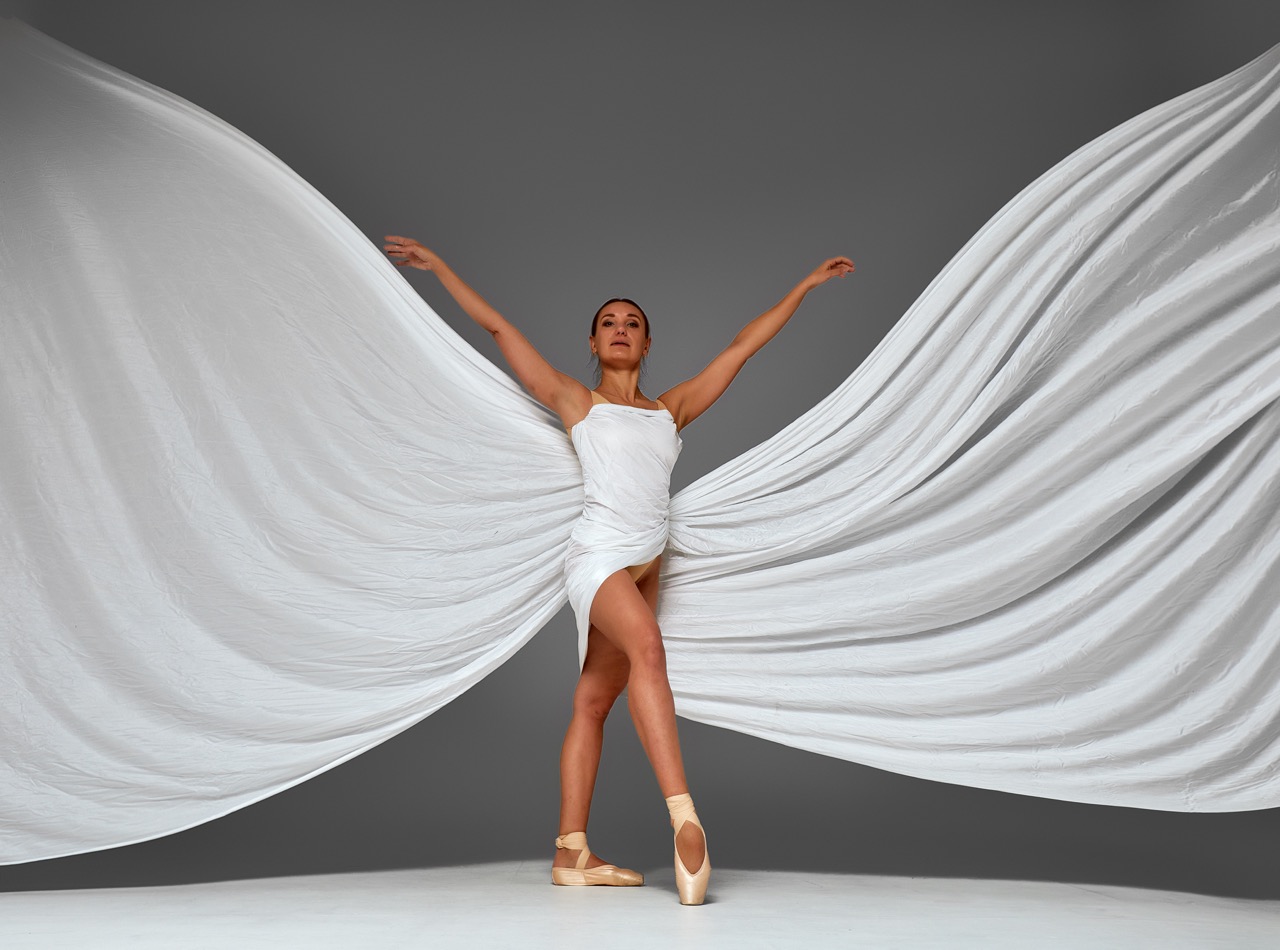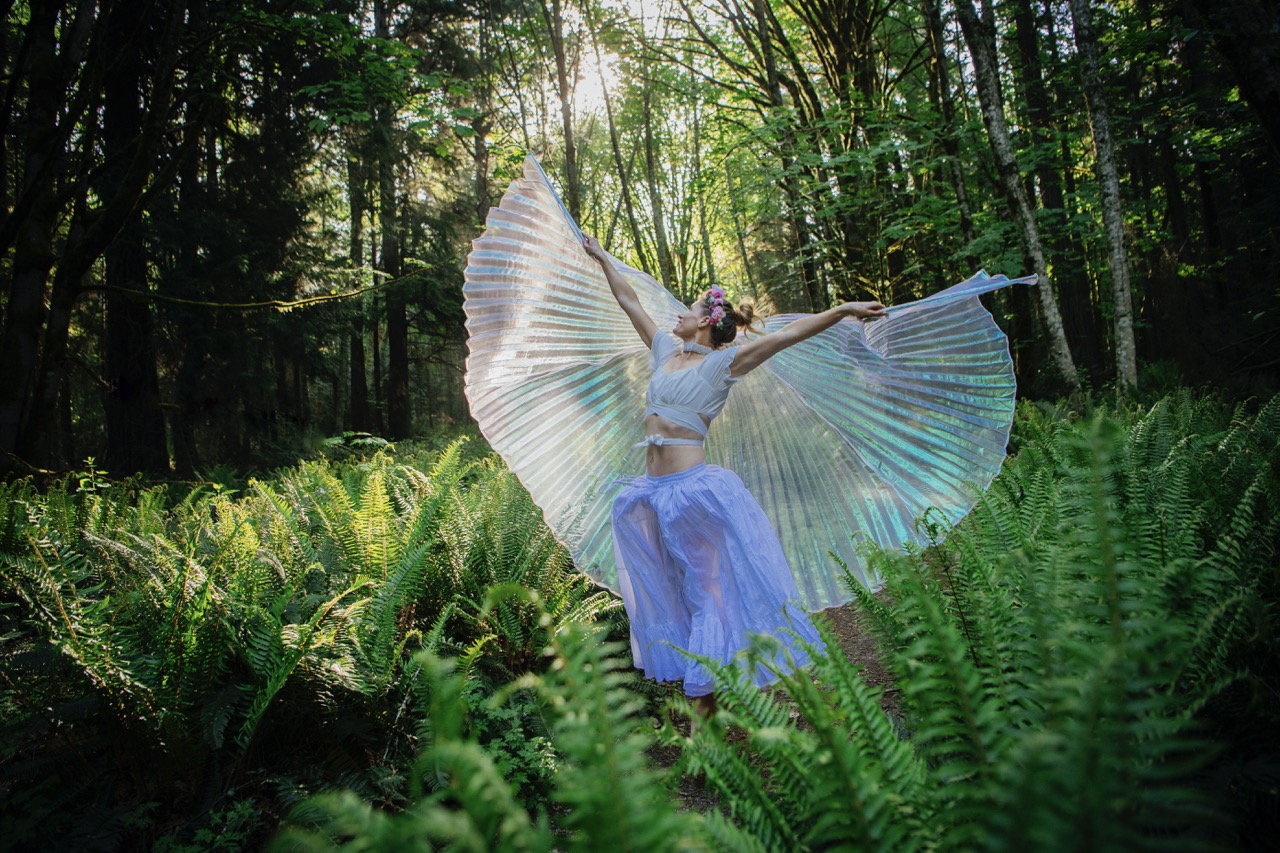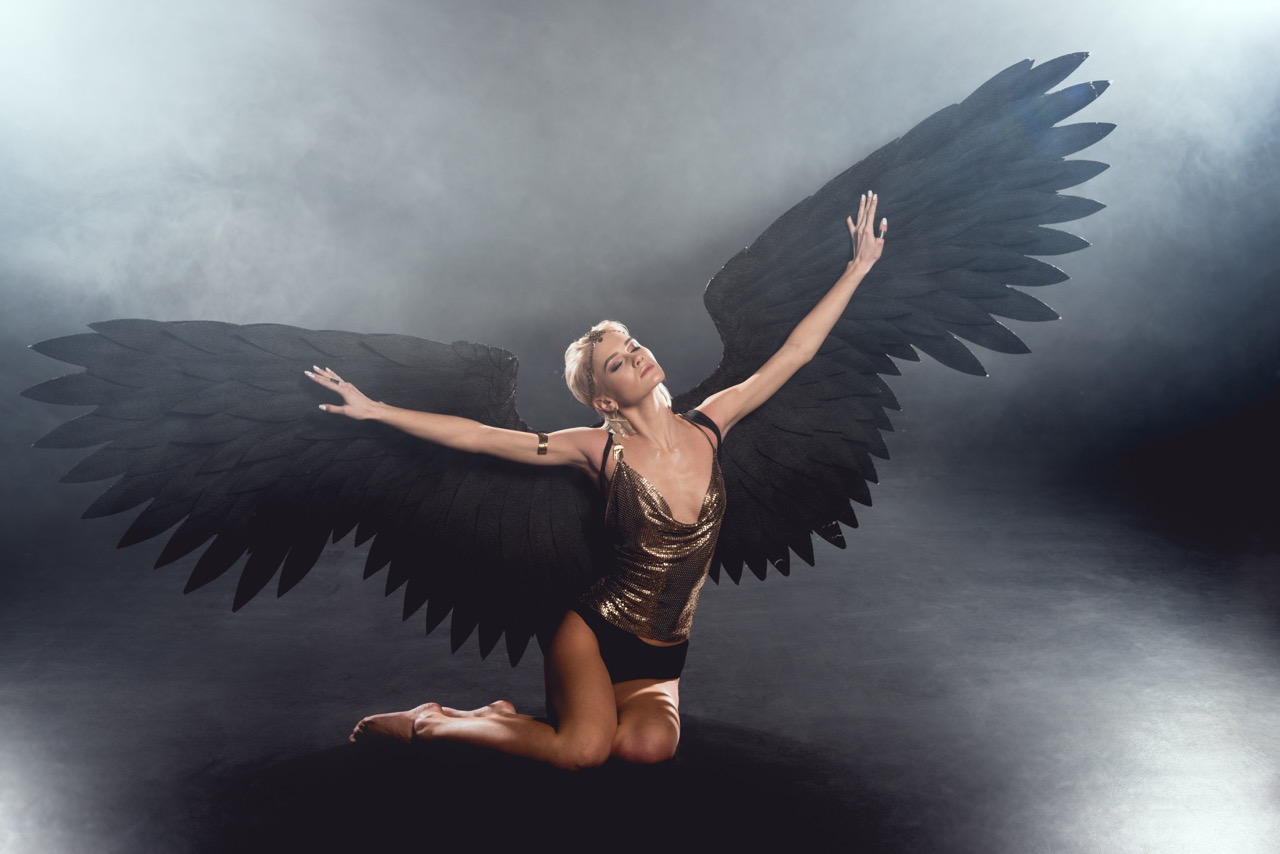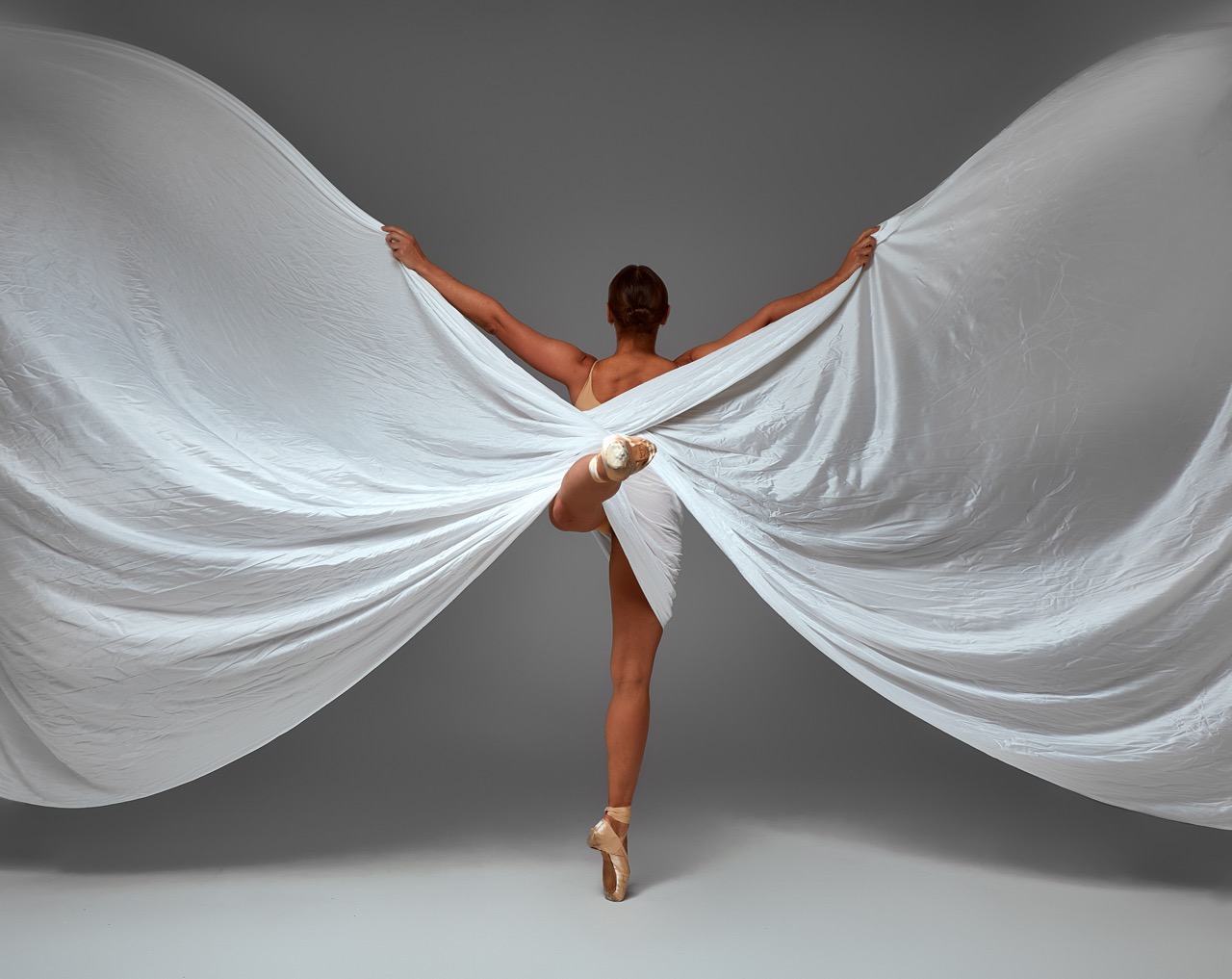In the world of dance, the visual elements of performance often play a pivotal role in enhancing the storytelling and emotional impact of each piece. Among these visual elements, the design of dance wings stands out as a significant contributor to both aesthetics and functionality. Dance wings, often used in theatrical performances, are not only a means of movement enhancement but also a canvas for creative expression. This article explores the importance of texture and flow in dance wing design and how these elements can elevate the overall artistry of a dance performance.
Understanding the Significance of Texture in Dance Wing Design
Texture in dance wing design serves as a vital component that captivates the audience’s senses and adds depth to the performance. The tactile quality of materials used in wing construction can evoke emotions and create a visceral connection between the dancer and the audience. For instance, wings made of soft, flowing fabrics may suggest gentleness and grace, while structured or metallic textures could convey strength and rigidity. This deliberate choice of material not only defines the character of the dance but also influences the perception of the dancer’s movements.
Moreover, the interplay of various textures can create visual interest and complexity. Textured fabrics can catch light differently, producing a spectrum of shades and hues that shift with each movement. This dynamic visual language can accentuate the dancer’s gestures, turning each action into a beautifully choreographed spectacle. Designers often experiment with layering different materials, such as silk, chiffon, and lace, to achieve a multi-dimensional effect that enriches the narrative of the performance.
Furthermore, texture can also affect the dancer’s comfort and ease of movement. The right texture can enhance performance by allowing for freedom of expression, while the wrong choice can hinder mobility. Therefore, it is essential to balance visual appeal with practicality, ensuring that the dancer feels empowered and unrestricted in their expression. In this way, the significance of texture in dance wing design extends beyond aesthetics, creating an essential foundation for the dancer’s artistry.
The Role of Flow: Enhancing Movement and Expression in Dance
Flow is a critical aspect of dance wing design that complements the dancer’s movements and expressions. The seamless integration of flow into the design allows the wings to become an extension of the dancer’s body, enhancing the visual narrative of the performance. When dance wings are designed with flow in mind, they can mimic the fluidity of the dancer’s movements, creating a mesmerizing effect that captivates the audience’s eyes.
An effective flow in dance wings can facilitate a sense of weightlessness and liberation. As the dancer moves, wings that glide gracefully through the air can evoke imagery of freedom and transcendence. This sense of fluidity can elicit a strong emotional response from the audience, drawing them deeper into the performance. The harmonious interaction of the dancer’s body and the wings can create a visual symphony that underscores the themes and emotions being expressed in the dance.
Additionally, flow can also be choreographed into the design itself, allowing for dynamic transitions and transformations. Wings that incorporate elements such as graduations in length or strategically placed slits can create visually striking effects as they catch the light and air. This attention to flow not only enhances the aesthetic appeal of the wings but also enriches the storytelling aspect of the dance, ensuring that every movement resonates with meaning and emotion.
Harmonizing Aesthetics: Merging Texture and Flow in Design
The true artistry of dance wing design lies in the harmonious combination of texture and flow. When these elements are thoughtfully integrated, they can enhance the overall impact of a performance, creating a cohesive visual experience that leaves a lasting impression. Designers must carefully consider how the texture of materials will respond to movement and how the flow of the wings will complement the dancer’s choreography, ensuring that both elements work in tandem to elevate the performance.
Creating this harmony requires a deep understanding of both the physical and emotional aspects of dance. Texture and flow must not only align with the stylistic intentions of the dance but also reflect the emotional landscape it seeks to convey. For example, a performance rooted in themes of chaos may benefit from jagged textures and erratic flow, while a piece centered on love and connection might call for soft, flowing materials that evoke tenderness and warmth. Designers must engage in a dialogue with choreographers to ensure that the wings reflect the heart of the performance.
Moreover, the successful integration of texture and flow can lead to innovative design concepts that challenge conventional notions of dance aesthetics. By pushing the boundaries of traditional designs, artists can create wings that not only serve a functional purpose but also act as powerful visual statements. This fusion of texture and flow ultimately fosters a richer artistic environment, inviting audiences to engage with the dance on multiple levels and deepening their emotional connection to the performance.
Creating Impact: The Emotional Power of Dance Wing Elements
The elements of texture and flow in dance wing design possess a remarkable ability to evoke emotions and create powerful moments within a performance. When dancers don wings that are thoughtfully designed, they are empowered to convey complex narratives through their movement. The subtleties of texture can resonate with the audience, triggering memories, feelings, or even shared experiences, thus creating a profound emotional connection between performer and viewer.
The emotional power of dance wing elements often lies in their ability to highlight contrasts. For instance, the juxtaposition of a rough, textured fabric against soft movement can create a striking tension that speaks to inner conflict or struggle. Similarly, the graceful flow of wings can amplify themes of liberation and joy, allowing dancers to articulate emotions that may be difficult to convey through movement alone. This interplay between texture and flow enriches the storytelling, transforming each performance into a unique emotional journey.
Finally, the impact of these design elements extends beyond the stage. The emotional resonance created by the combination of texture and flow can linger in the minds of the audience long after the performance has ended. Wings that enchant and inspire have the potential to influence future generations of dancers and designers, encouraging them to explore the transformative power of well-considered design. In this way, the emotional power of dance wing elements not only enhances individual performances but also contributes to the evolving legacy of dance as an art form.
In conclusion, the importance of texture and flow in dance wing design cannot be overstated. These elements serve as vital components that enrich both the visual and emotional dimensions of dance performances. By understanding the significance of texture, the role of flow, and the power of their harmonious integration, designers can create dance wings that elevate the artistry of movement and expression. As dance continues to evolve, the thoughtful consideration of these design elements will remain essential in captivating audiences and creating memorable experiences that resonate deeply within the human spirit.
